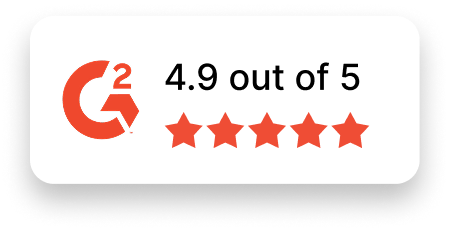GIS Analyst Job Description Template
Use this template to craft job descriptions for hiring GIS Analysts. Customize it to meet your organization’s unique needs and goals.
Job Title: GIS Analyst
Location: [Specify Location or Remote]
Job Type: [Full-time/Part-time/Contract]
About the Role
We are looking for a detail-oriented and innovative GIS Analyst to join our team. You will be responsible for analyzing spatial data, creating maps, and developing geographical databases to support decision-making across the organization. Your expertise in GIS tools and systems will play a pivotal role in unlocking geographic insights that drive strategic projects.
If you enjoy solving complex location-based challenges and have a passion for geospatial analysis, this is an excellent opportunity to make a meaningful impact.
Responsibilities
- Collect, analyze, and interpret spatial and geographical data from various sources.
- Create and maintain detailed maps, charts, and reports using GIS software.
- Develop and manage geospatial databases to ensure accurate data storage and retrieval.
- Perform spatial analysis to uncover patterns, trends, and insights.
- Collaborate with stakeholders to identify geographic problem-solving opportunities.
- Ensure data quality and integrity through validation and verification processes.
- Develop and deploy automated workflows for geospatial data processing.
- Provide technical support and training to team members and stakeholders on GIS tools.
- Stay current with advancements in GIS technologies and methodologies.
- Document procedures, data sources, and analysis methodologies for future reference.
Required Skills & Experience
- Bachelor’s degree in Geography, Geospatial Sciences, Environmental Science, or a related field (or equivalent experience).
- Proficiency in GIS software such as ArcGIS, QGIS, or similar.
- Experience with spatial data formats and tools, including shapefiles, geodatabases, and GeoJSON.
- Strong understanding of coordinate systems, projections, and cartographic principles.
- Proficiency in spatial analysis, geocoding, and data visualization.
- Experience in scripting languages like Python or SQL for GIS tasks.
- Knowledge of remote sensing, image processing, and spatial statistics.
- Strong problem-solving skills with the ability to communicate insights effectively.
- Familiarity with data collection devices such as GPS or drones.
- Ability to work collaboratively in multi-disciplinary teams and handle multiple projects simultaneously.
Nice-to-Have Skills
- Experience with web-based mapping tools such as Leaflet or Mapbox.
- Knowledge of database systems such as PostgreSQL/PostGIS or Oracle Spatial.
- Familiarity with cloud-based GIS platforms or tools, like ArcGIS Online.
- Understanding of GIS applications in industries such as urban planning, environmental management, or utilities.
- Certifications such as Esri Technical Certification or GISP.
Why Join Us?
- Impactful Projects: Use your skills to support meaningful, geography-driven initiatives.
- Growth Opportunities: Expand your career through innovative projects and endless learning opportunities.
- Collaborative Team: Work with professionals who value sharing knowledge and diverse perspectives.
- Flexible Work Arrangements: Benefit from hybrid and remote work options tailored to your needs.
- Inclusive Culture: Join an organization committed to fostering a diverse, equitable, and empowering workplace for all.
Apply Now
Are you ready to leverage geospatial technology to shape solutions that make an impact? Join [Your Company Name] as a GIS Analyst and help us unlock the power of location intelligence. Apply today!

